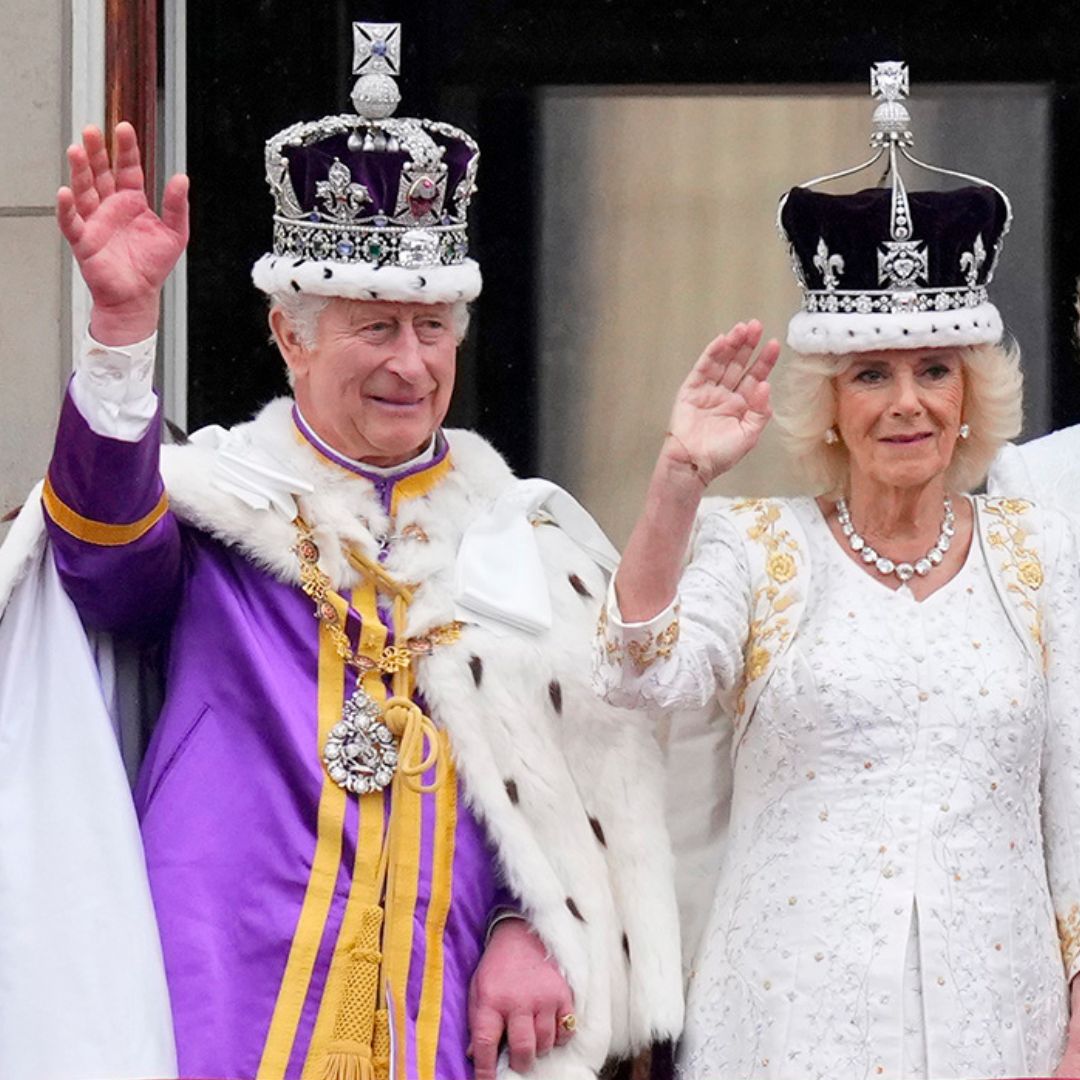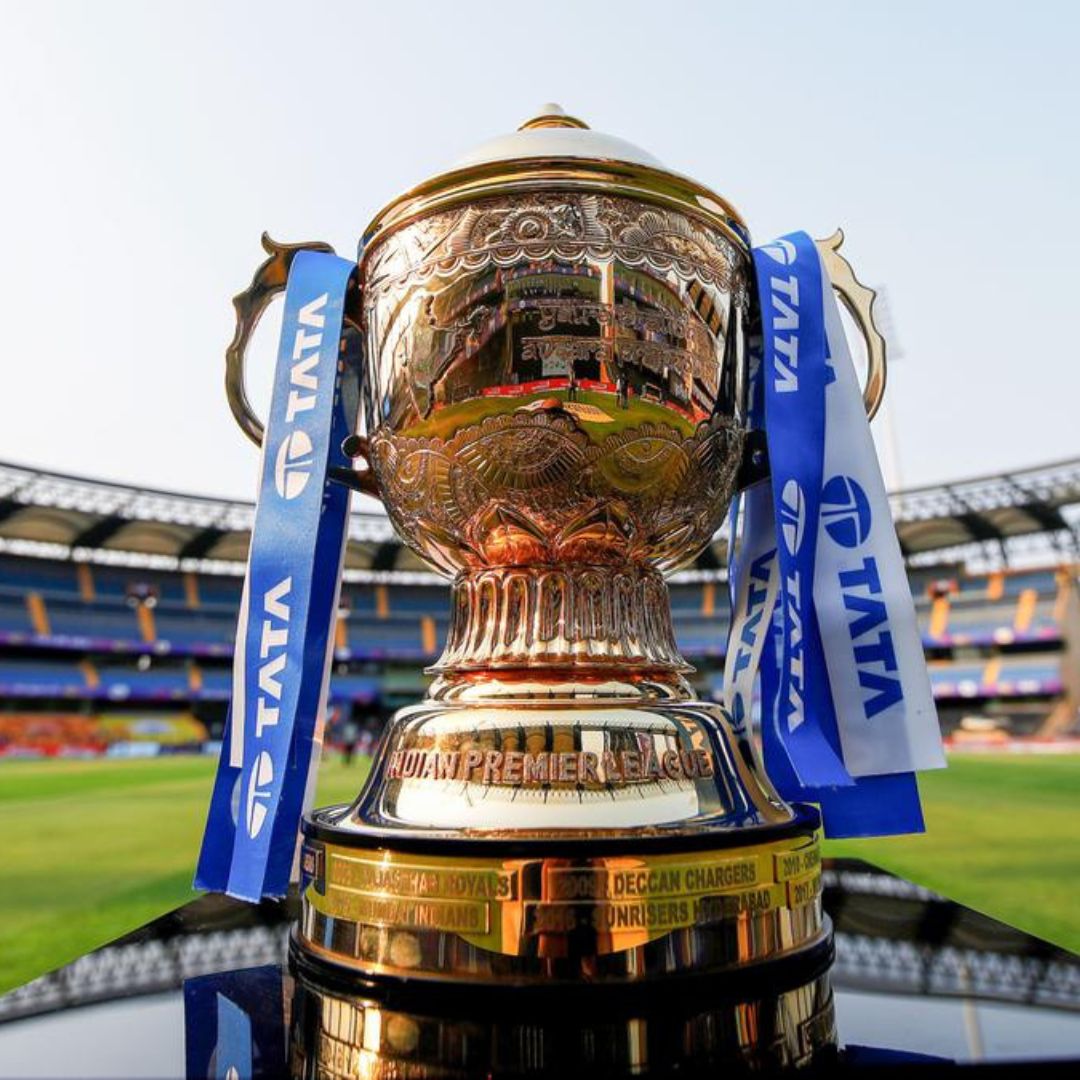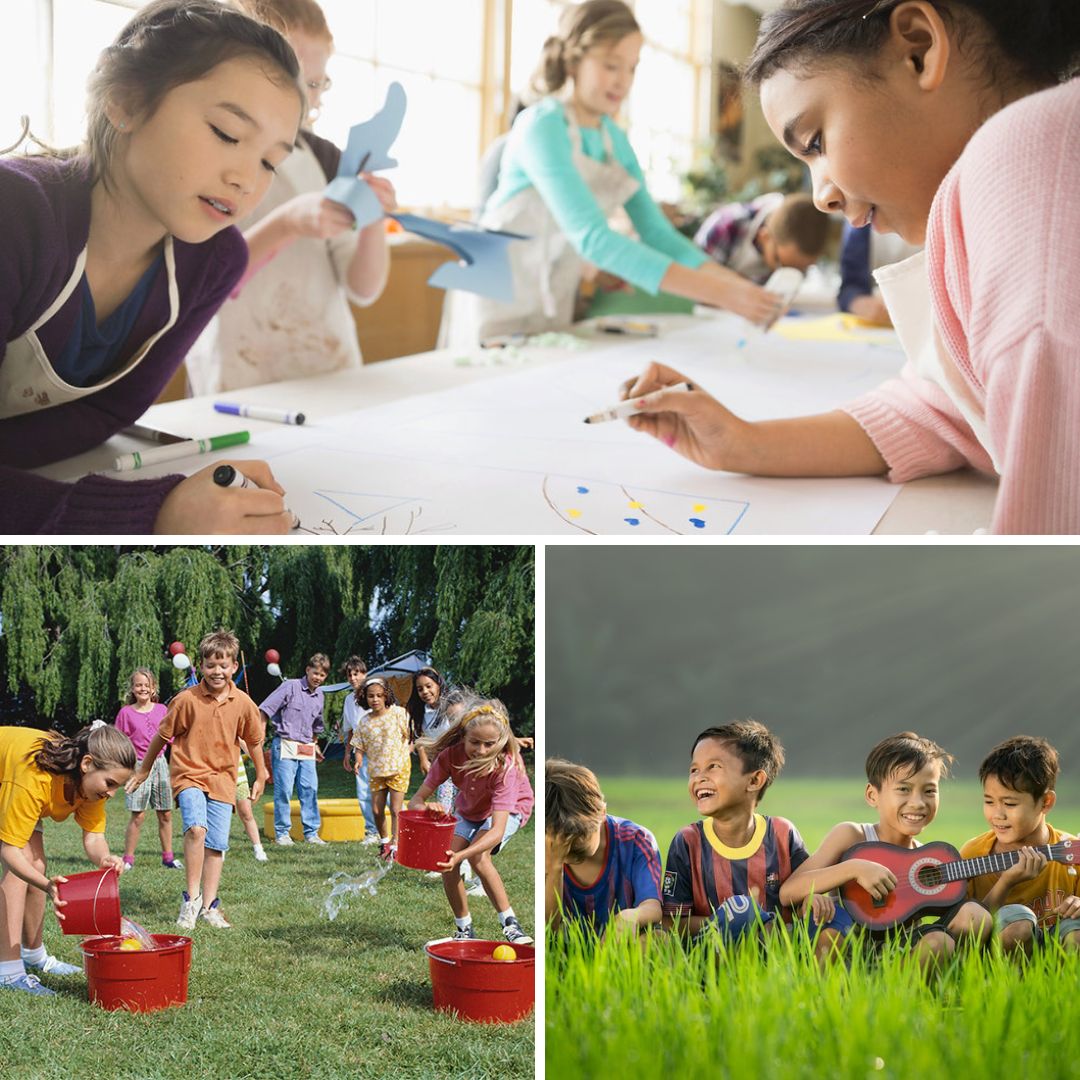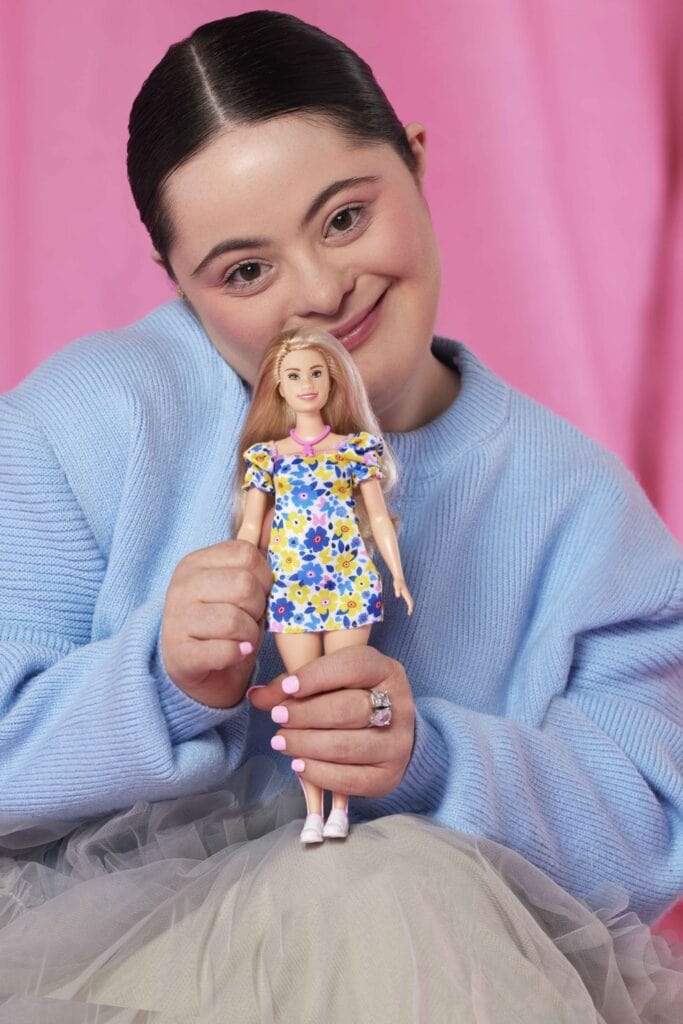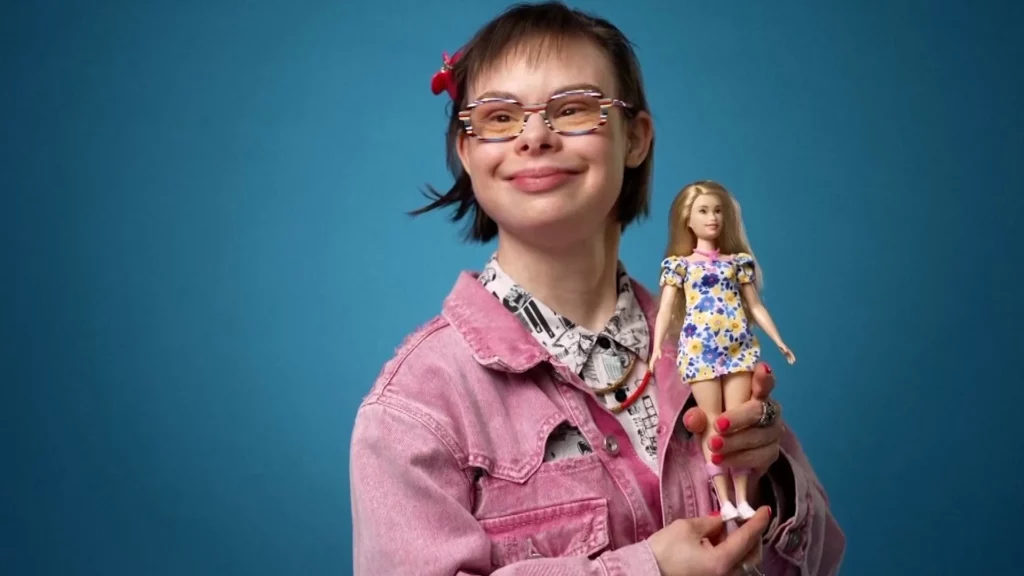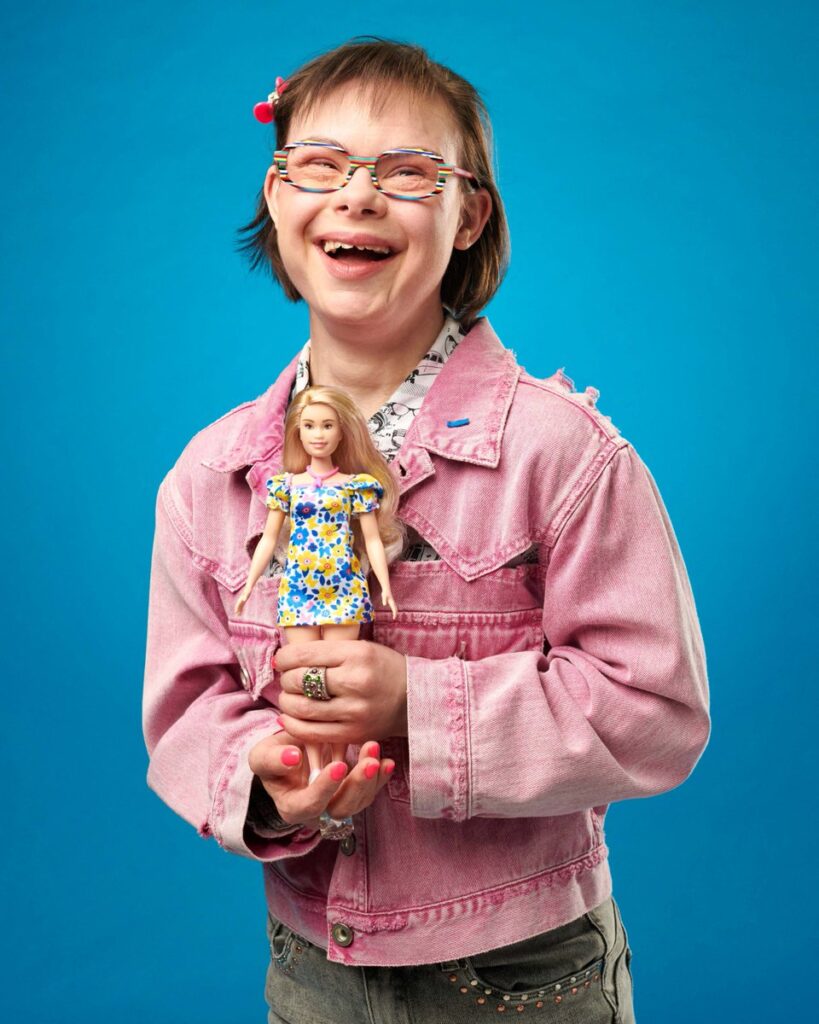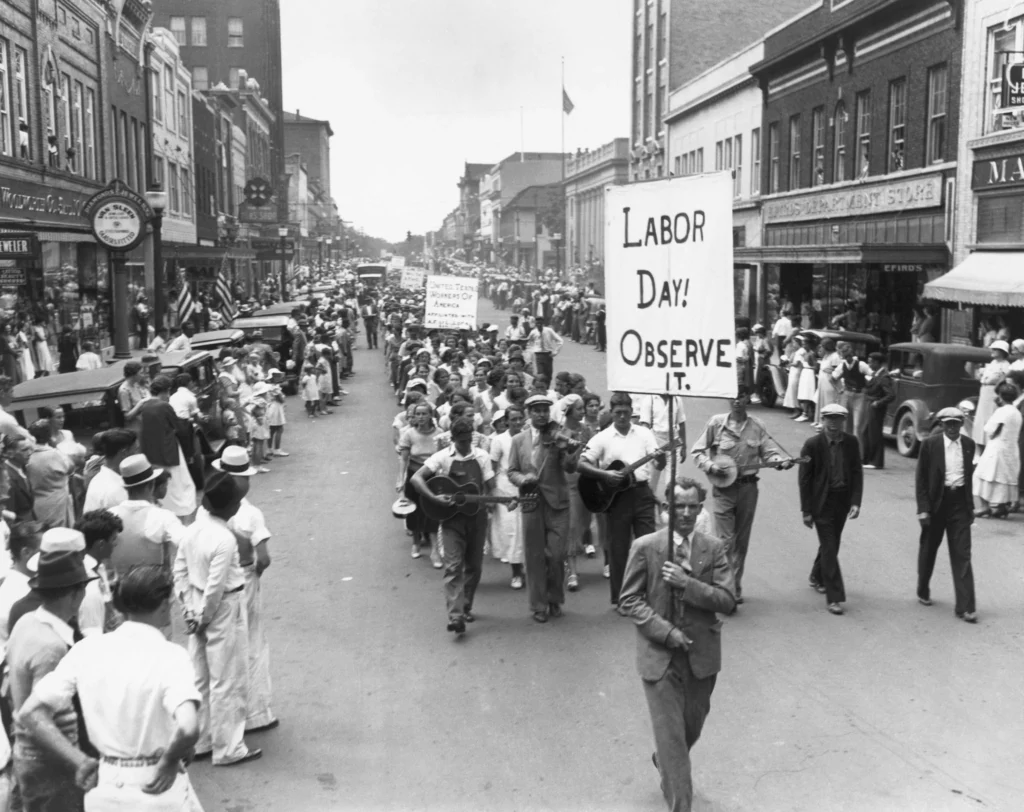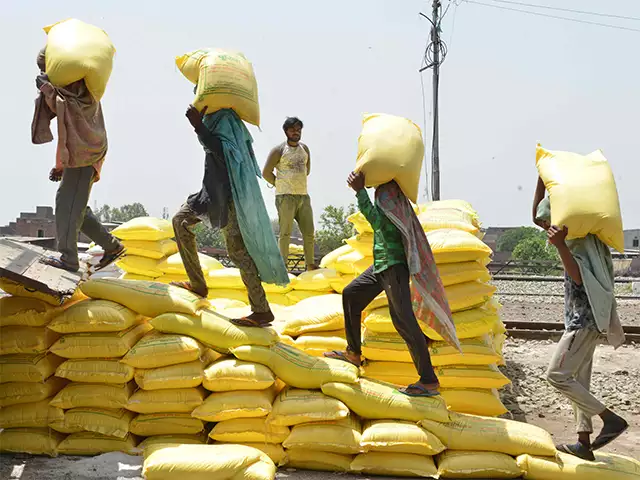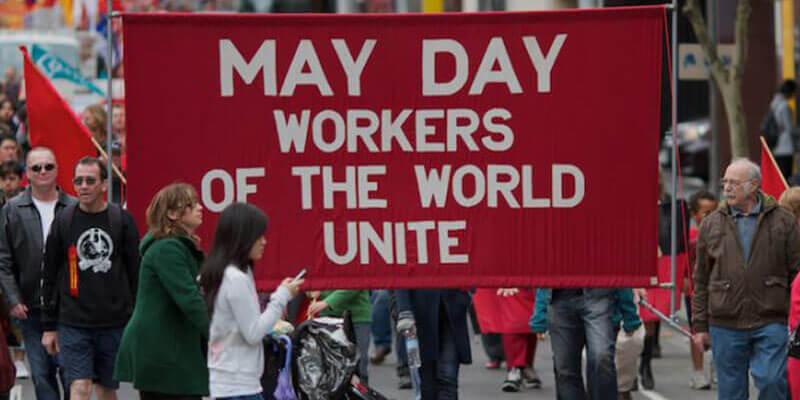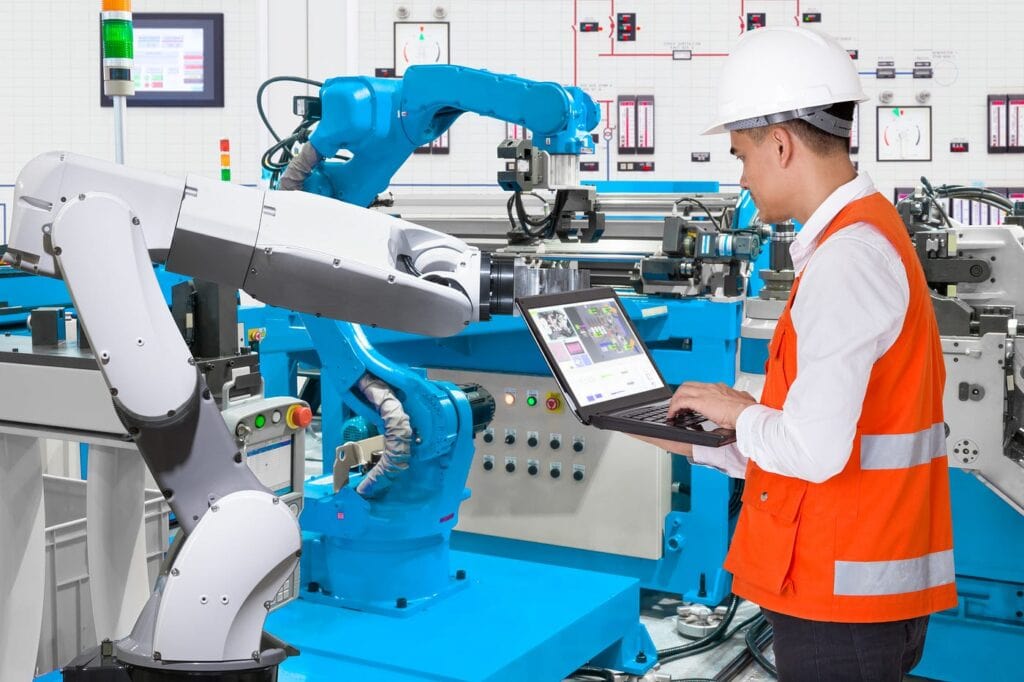King Charles III’s Coronation is an event that went down in history. King Charles III and Queen Camilla were crowned on May 6th at Westminster Abbey (a royal church) in London. He succeeded to the Throne on September 8, 2022 upon the death of his mother, Queen Elizabeth II who was the longest-reigning British monarch.
The ceremony was conducted by the Archbishop of Canterbury and was much shorter than Late Queen Elizabeth II’s coronation in 1953. For the last 900 years, every British monarch has been crowned at Westminster Abbey.
What Happened At King Charles III ‘s Coronation?
- Keeping up with the Royal Tradition, the King and the Queen arrived at Westminster Abbey in a procession from Buckingham Palace, with the celebrations starting with a procession to Westminster Abbey. Taking a break from tradition, King Charles and Queen Camilla were in the ‘Diamond Jubilee State Coach’ which was created in 2012 in Australia to mark 60 years of Queen Elizabeth’s reign. The Diamond coach replaced the traditional Gold State Coach.

- After reaching the destination, the pair entered the Westminster Abbey, they were accompanied by the governors general and prime ministers, including the Prime Minister of the United Kingdom ‘Rishi Sunak’ who also gave a reading in the service. The King arrived at the abbey wearing a red velvet robe of state. Underneath he was wearing trousers rather than the more traditional breeches and silk stockings worn by kings before him. The ceremony began with the ArchBishop introducing the King Charles III to the crowd.

- During King Charles III’s Coronation, the King swore an oath to uphold the law and the Church of England. He then turned all four sides to face the people and be proclaimed as the “Undoubted King” as he was being presented to the people. After that, he sat on a 700- year- old Coronation Chair and was anointed. Special oil was put on his head, chest, and hands. Then the King was given a big golden orb and a sceptre.

- Finally, the most important part – King Charles was crowned with a special crown. After that, he moved to a special throne.

- Archbishop of Canterbury Justin Welby was the first person to do the declaration and the congregation of the King as he shouted “God Save the King!” and trumpets sounded after each recognition.
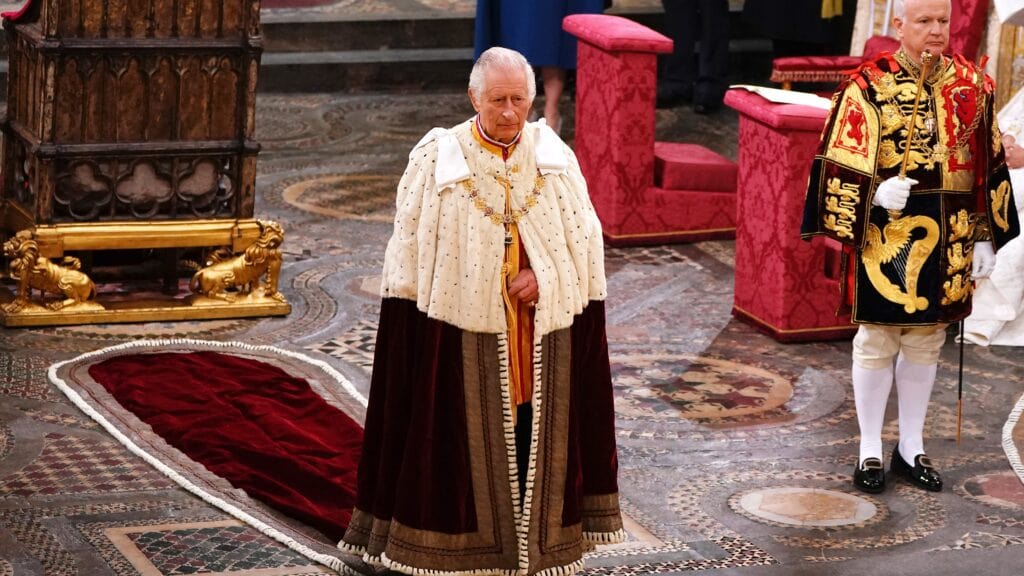
- Queen Camilla went through the same steps, but she wasn’t asked to take any oath.

- For the enthronement, The King then moved to his throne where, traditionally, a succession of royals and peers would have paid homage – but the Prince of Wales was the only person to do so this time.
- After the coronation ceremony, the King and Queen were joined by members of the royal family for a large ceremonial procession back to Buckingham Palace, called ‘The Coronation Procession’.

- Since the coronation of Edward VII in 1902, it had become a tradition for the new monarch to greet the crowds in The Mall from the Buckingham Palace balcony – King Charles and Queen Camilla continued the tradition and appeared on the balcony with the royals who had taken part in the procession.

- Despite the weather, the day ended with a fly past.
The coronation was an invite only event with more than 2,200 people from 203 countries in Westminster Abbey. Many people celebrated the coronation across the UK by coming out in the streets and celebrating what is considered a once in a lifetime event.

ALSO CHECK OUT A Look At The Top 10 Stories Of 2022
Some Fun Facts About the Coronation
- Keeping up with the centuries old tradition, King Charles was crowned with the St. Edward’s Crown made in 1661. Prior to joining the Coronation Process, King Charles removed St Edward’s Crown and put on the Imperial State Crown as it can only be worn after the King has been crowned. King Charles III was only the seventh monarch to wear it after Charles II, James II, William III, George V, George VI and Elizabeth II – who last wore it at her own coronation in 1953.

- Camilla was crowned with Queen Mary’s crown, which is made of silver and gold and has 2,200 diamonds on it. The crown was designed for the coronation of Queen Mary in 1911. The crown was now reset and resized for Camilla.

- The King and the Queen, along with their family, returned to Buckingham Palace in the 260-year-old Gold State Coach that has been used in every coronation since William IV’s.

- The official food of the coronation party was the ‘Coronation quiche’. It was hand-picked by King Charles III and Queen Consort Camilla. Chief Royal chef Mark Flanagan came up with the recipe, and it was His brainchild chosen specifically because it’s perfect for sharing.

- Twelve new compositions had been specifically written for the coronation which were designed to showcase a range of musical talent and styles from the UK and also to represent the Commonwealth.

- The Royal Mail have released a set of four new stamps to mark the big day and in honour of King Charles III. The stamps will come into circulation from 2nd June 2023 after the previous stamps run their course.

- Chocolatiers and model makers from the confectionery firm ‘Mars Wrigley’s’ created a life-sized bust of the King made from more than 17 litres of melted chocolates. The bust weighed more than 23kg and took four weeks to create.

- More than 6,000 men and women of the UK’s Armed Forces – and nearly 400 Armed Forces personnel from at least 35 Commonwealth countries – took part in the Coronation of King Charles III and Queen Camilla.

- The Indian Vice President Jagdeep Dhankar, Bollywood actress Sonam Kapoor, and a Bengaluru based Dr. Issac Mathai, were some of the Indians that were invited to and attended the Coronation.

- King Charles is the fortieth Sovereign to be crowned at Westminster Abbey.

Also Checkout, 5 Best Newspaper for children in India

